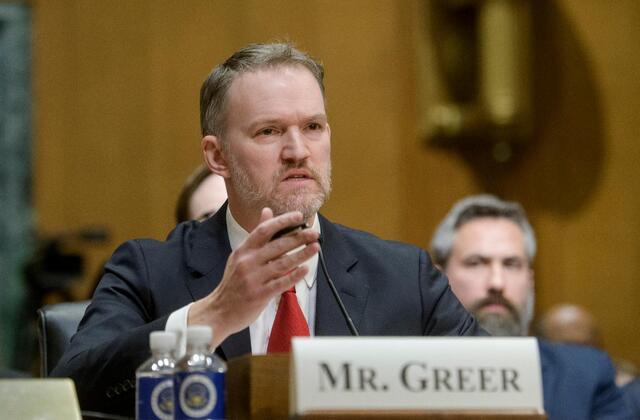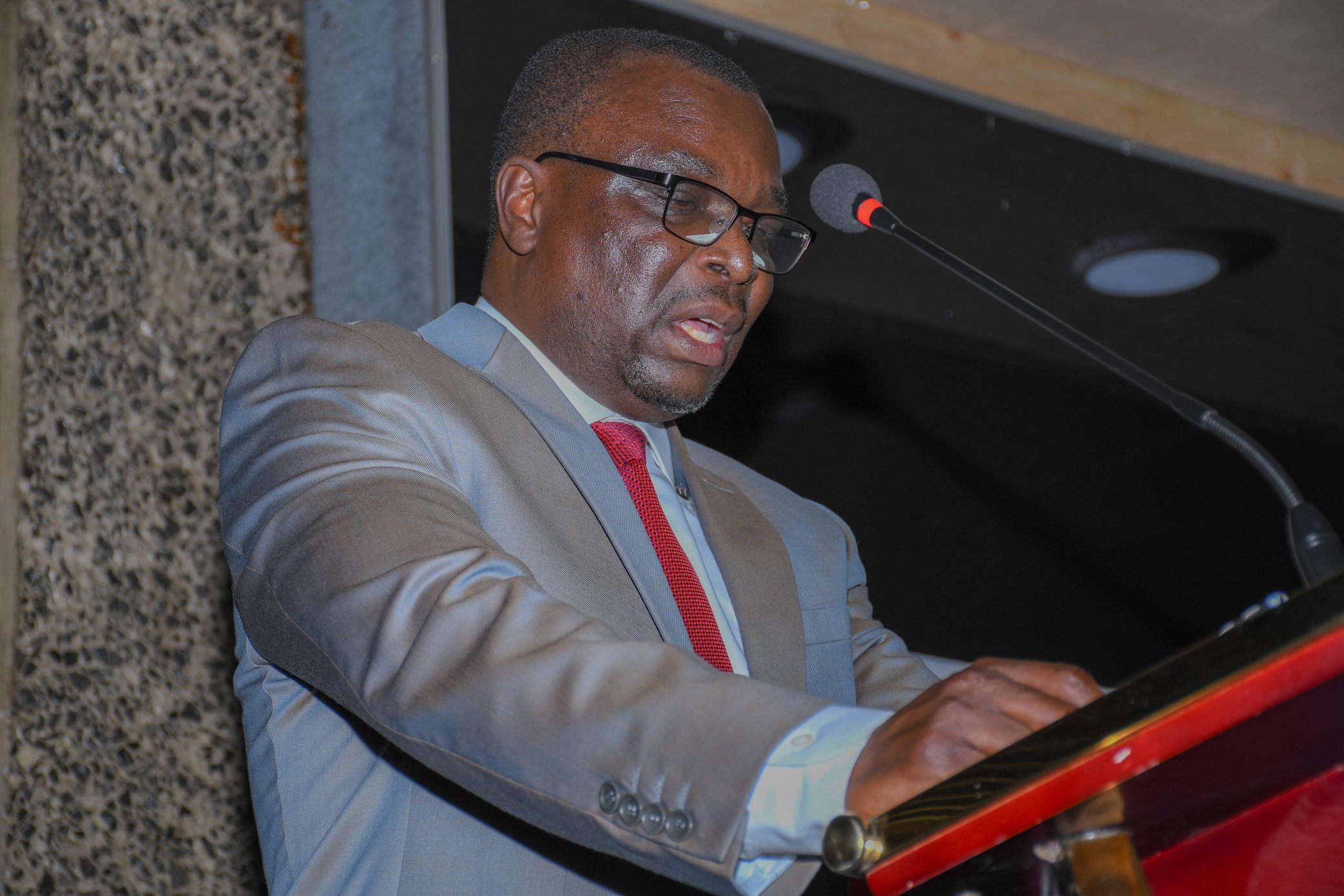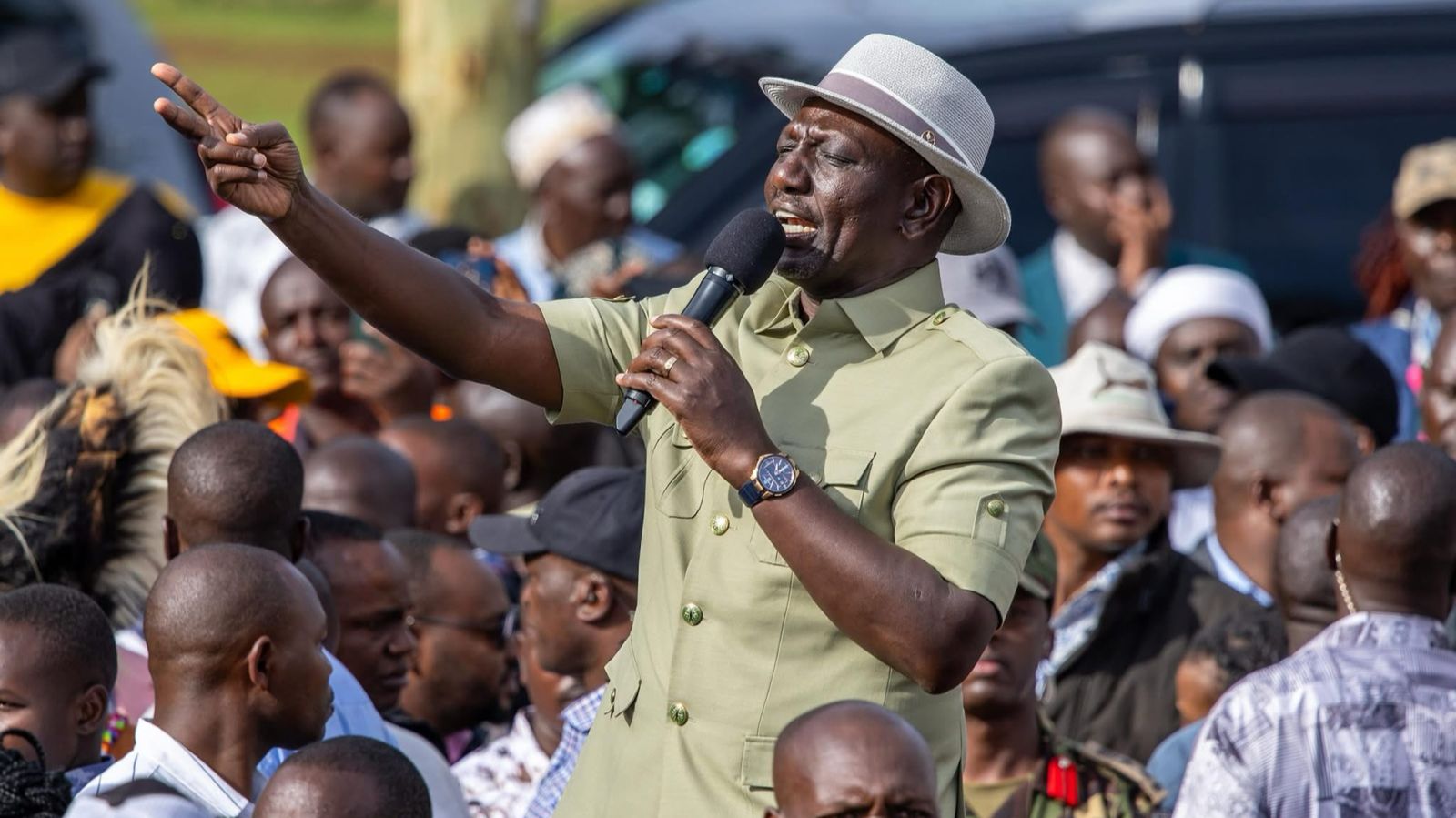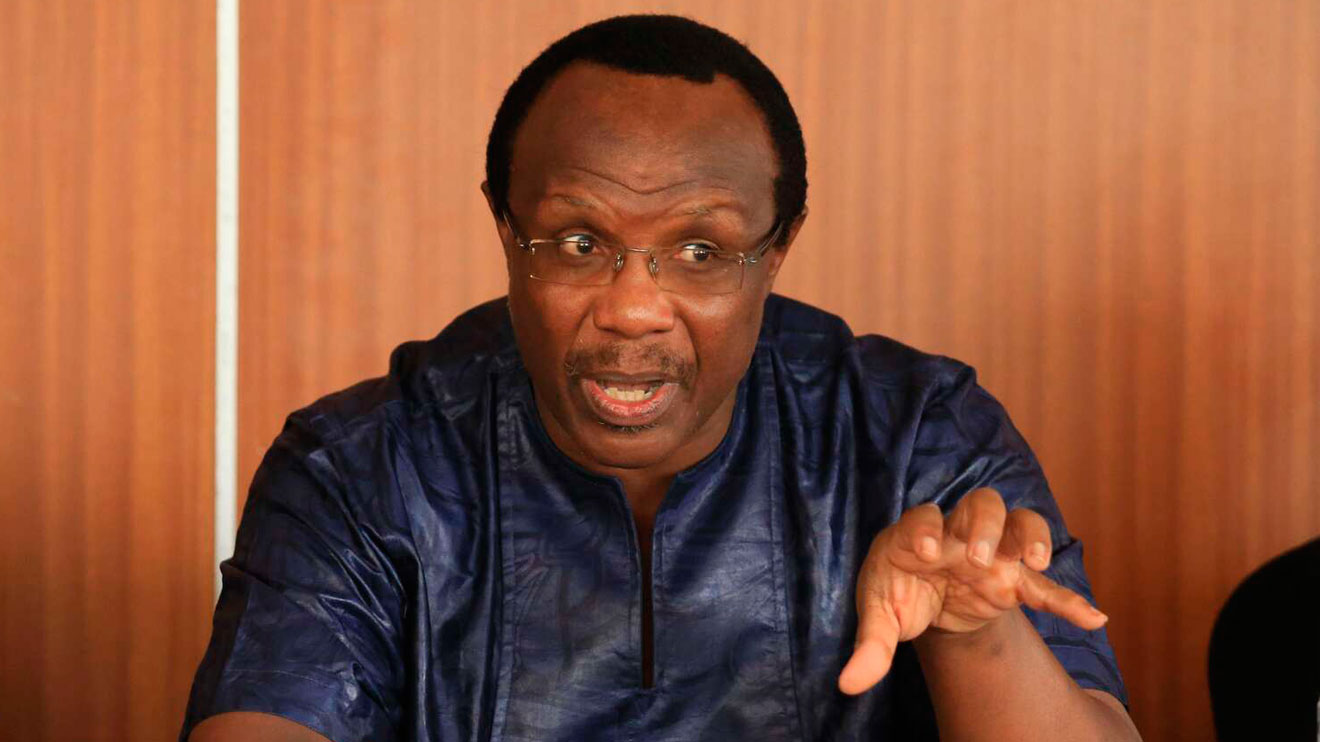Foreign Affairs Principal Secretary (PS) Korir Sing'Oei has explained why household electricity prices in Kenya are higher compared to other East African countries.
In a brief statement on Thursday, April 3, the PS attributed the high costs to Kenya’s extensive electricity infrastructure.
“True, but Kenya also has the highest electricity access rate in the region. The cost of building and maintaining the most extensive electricity infrastructure cannot be ignored.
"Yet, there may be inefficiencies that if addressed could perhaps lower the cost of energy,” he said.
Sing'Oei was responding to data from the Parliamentary Budget Office, which revealed that Kenyan households pay Ksh33 per unit of electricity, compared to Uganda at Ksh22, Tanzania at Ksh11, and Ethiopia at just Ksh0.80 per unit.
Read More
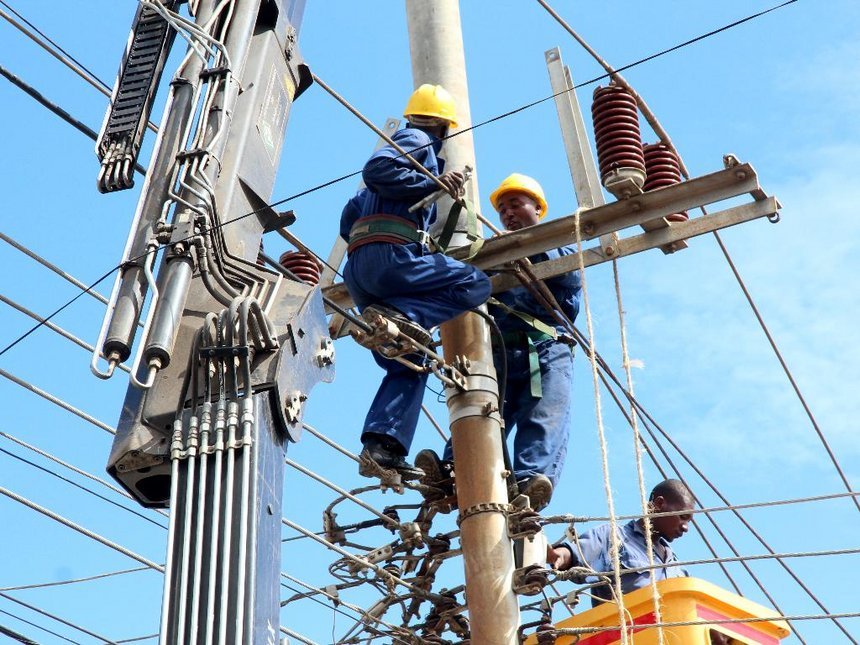
In February 2024, Kenya Power and Lighting Company (KPLC) Managing Director Joseph Siror addressed factors contributing to the high cost of electricity in Kenya compared to other African countries.
He explained that Kenya's electricity pricing comprises multiple components that influence the final consumer cost.
Siror detailed the country's power generation mix, noting that KPLC dispatches 40% geothermal, 24% hydro, 11% imported energy from Ethiopia Electric Power (EEP), 17% wind, 5% thermal, and 3% solar energy daily.
He stated that improved hydrology has allowed for reduced reliance on thermal power, which is more expensive, thereby facilitating the distribution of more competitively priced electricity to customers.
“There are many components that go into the final cost of electricity. In Kenya, the power generation mix is predominantly green, resulting in competitively priced power compared to other regions in the continent.
"With improved hydrology, we are now dispatching minimal thermal power, resulting in the distribution of competitively priced power for the benefit of our customers," he said.

